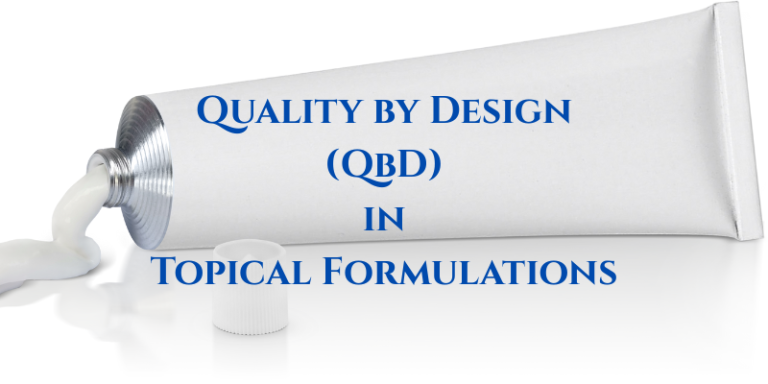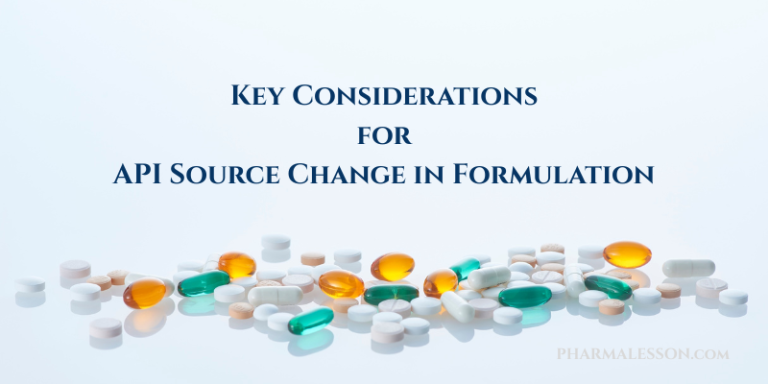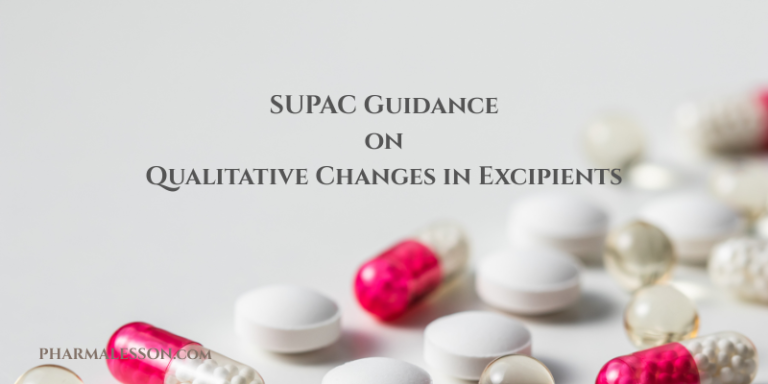Challenges in Topical Product Development
Formulating effective topical products is a complex process that requires balancing efficacy, stability, and patient compliance. Here are some common challenges and practical solutions: Poor Drug Penetration Instability of Active Ingredients Phase Separation in Emulsions Grittiness or Texture Issues Preservative System Failure Inconsistent Spreadability & Feel Successful topical formulations require a deep understanding of formulation…






